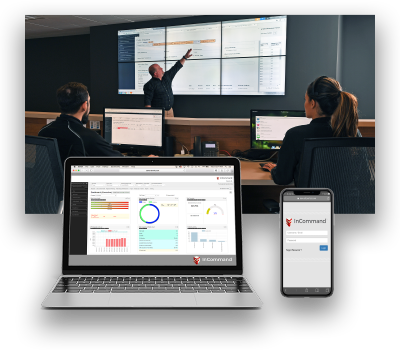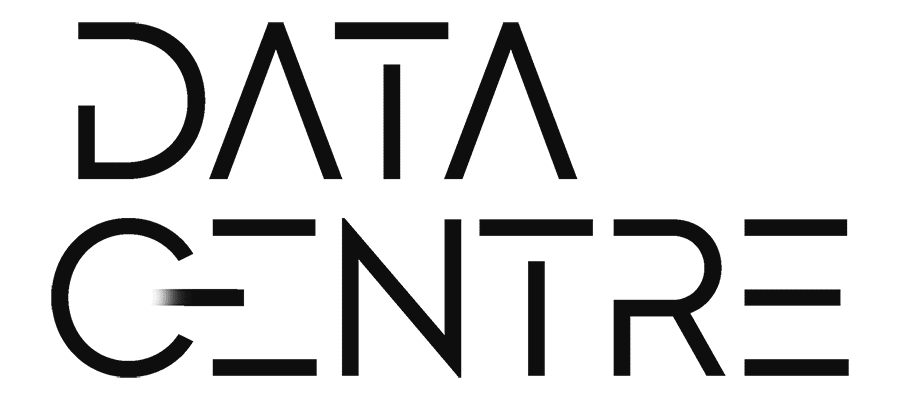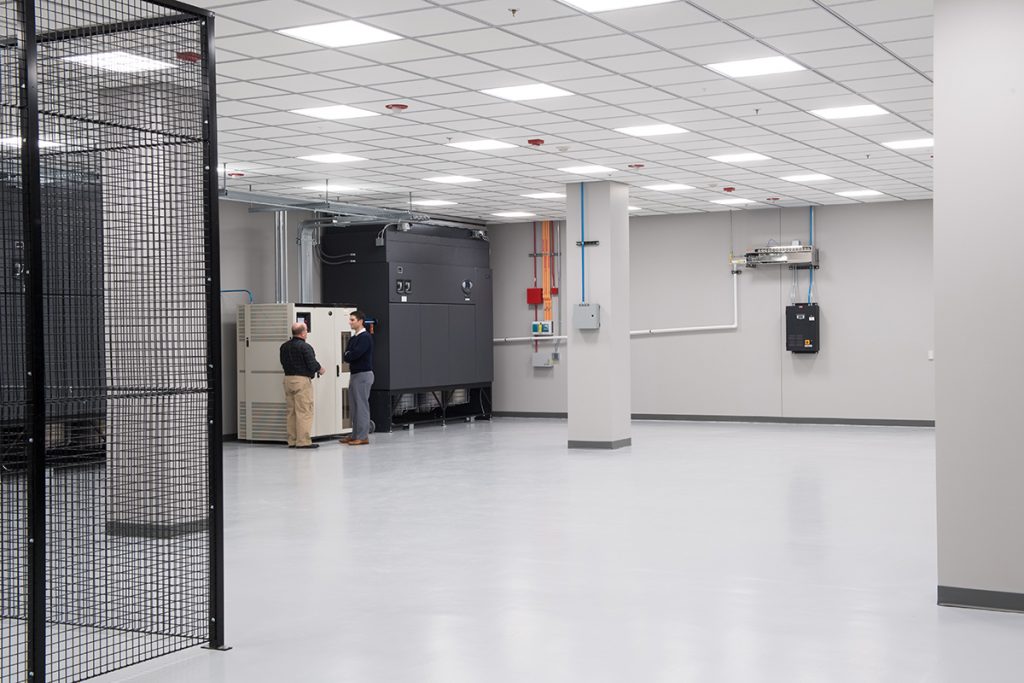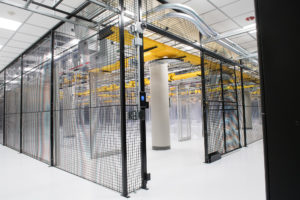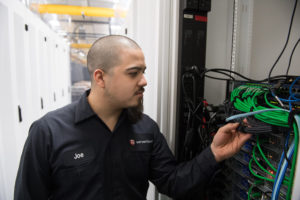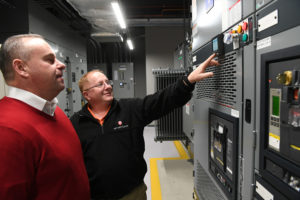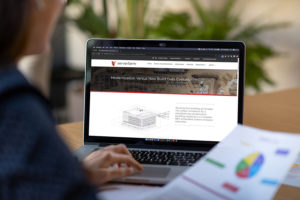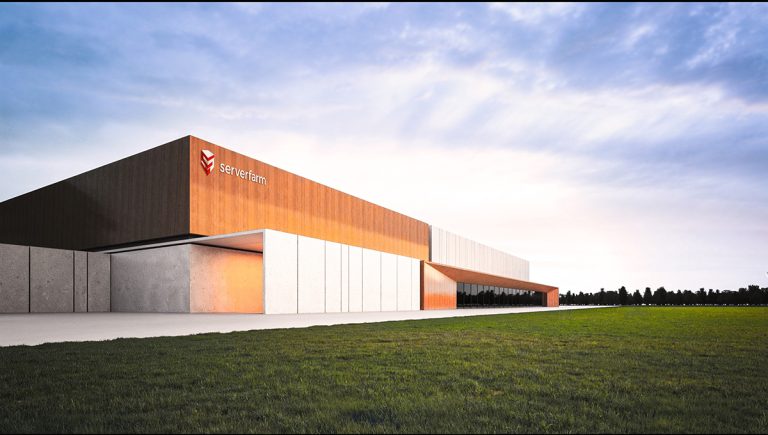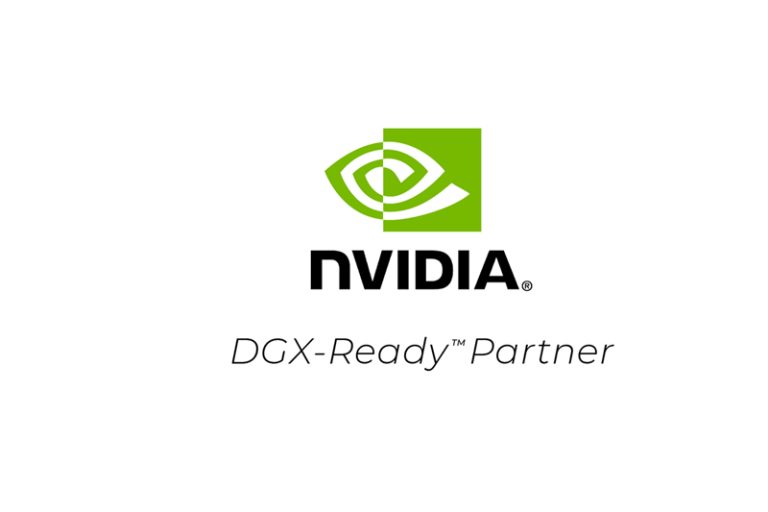Running in tandem to these trends is the data center sustainability question: how can the industry do its part to fight climate change while still delivering the capacity that the world needs? The answer, for Serverfarm, is in repurposing existing facilities instead of building new ones.
To analyze the carbon savings potential from the reuse of an existing facility, Serverfarm asked an independent consultant, HKS, to calculate the carbon cost of using an existing data center compared with a new build of the same scale. Buildings and construction directly represent around 39% of all annual global greenhouse gas emissions, according to HKS. HKS analyzed Serverfarm’s completed Chicago facility, a six-story building of just under 150,000 square feet with a capacity for housing more than 4,000 server cabinets. Reusing this building eliminates the carbon emissions for a standard new construction building, resulting in a modeled 88% embodied carbon emission reduction.
More and more, enterprises and service providers look to data center professionals to make their IT operations more sustainable – and, therefore, efficient. When it comes to helping their customers, Serverfarm explains that their data center management as a service (DMaaS) is more than just a platform, it’s the people and processes too. “DMaaS is the ability for any organization to truly understand what they have, where it is, how it is being used, and how useful, reliable and efficient it is. In other words, having an overall view of the entire infrastructure coming together in one environment. To do that in the most effective way possible, organizations need to bring together the people, processes and platforms.”
With customers striving to discover the right way to deploy technology, software and hardware tools, Shenoy believes that, “most organizations find this challenging because they are only solving one part of the problem – the technology. Simply buying and deploying a platform isn’t enough, you have to change and refine the processes and ensure that you have the right people.” In order to help its customers, partnerships with other companies such as i3, NYI and Salute are incredibly important, and a big part of its strategy. “Part of that is down to the complexity of the work that we do for our customers, which requires an ecosystem to come together. In order to create enormous benefits and value opportunities for our customers, we require a selection of strategic partners. This is not something that we can do on our own. In fact, it’s not something that any company can do on its own. Bringing together the right partners is critical.”
By teaming up with some of the most experienced, cutting-edge partners in the industry and listening closely to evolving customer needs over the past 20+ years, Serverfarm has emerged as an innovator and disruptor in the data center management as a service (DMaaS) space. Serverfarm is now delivering DMaaS at over 100 locations across 40 countries. DMaaS, to Serverfarm, goes much deeper than simply offering DCIM software in the cloud; it delivers a fully managed service for busy C-suites who want to focus on their core business. It’s the answer to the latest demand from enterprises and service providers alike.






